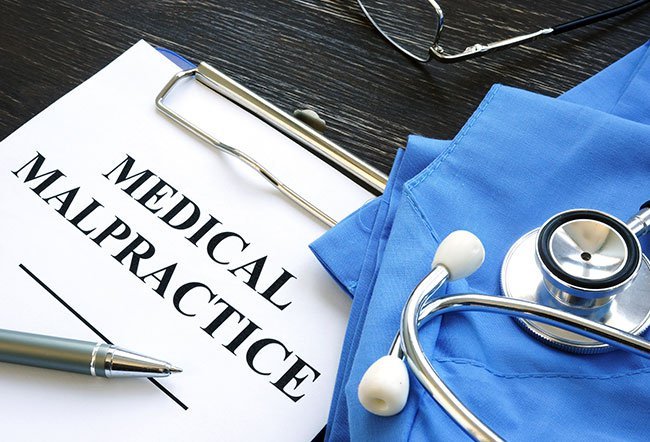Marketing Manager | Posted on | Health-beauty
What Are Some of the Medical Malpractices That Need to Be Addressed?
0
534 Views
Annually, more than 250,000 individuals in the United States die as a victim of medical negligence of some kind. Medical errors are now the third biggest cause of mortality in the United States, following cancer or heart disease. Moreover, analysts claim that this is a modest figure since misconduct is rarely reported on death certificates. Hence it is vital to refer to a medical malpractice attorneys in Baltimore MD.
Malpractice comes in a variety of forms. Some forms of neglect are more difficult to spot, particularly when the victim is unaware of the harm for days, weeks, or even years. Physicians, surgeons, technicians, and other healthcare professionals can make mistakes that result in catastrophic outcomes for patients.

- Wrong Medication
Mistakes in administering and dispensing drugs are at the heart of many malpractice cases. A doctor could administer the incorrect medication or dose. Furthermore, a pharmacist may misunderstand a prescription and give the patient the incorrect medicine.
Additionally, if a clinician fails to screen for drug sensitivities or combinations with existing prescriptions, a patient may have a life-threatening crisis.

- Infections Are Not Prevented or Treated in a Timely Manner
Infections strike sick people more frequently than we think. Any virus can be life-threatening for the old or individuals with a weakened immune system. Furthermore, many modern illnesses, dubbed "superbugs," are resilient to conventional treatments.
Ignorance, such as dirty surroundings or instruments, can cause diseases. Patients can also become unwell if staff personnel fail to follow infection-prevention guidelines such as washing hands and wearing a mask.
- Inability to Recognize a Potentially Life-Threatening Condition
Misdiagnosis or the inability to detect an illness that can produce substantial injury is by far the most common form of malpractice. Assume that a physician or specialist failed to detect a broken leg or foot during an emergency hospital visit.
As an outcome, the patient may lose movement in the damaged limb and/or suffer from persistent pain. Failure to identify a serious illness might also result in significant conditions or death.
- Birth Injuries
Whenever a physician or professional makes a mistake in pregnancy, labor, or delivery, it can lead to a birth injury. Cerebral palsy is perhaps the most prevalent type of birth damage, which occurs when a baby is starved of oxygen through labor and delivery. Poor surveillance or failing to complete a C-section when needed are two more blunders that can result in birth damage.

- Anesthesia Errors
Anesthesia is a critical component of the surgical procedure that is frequently overlooked, but it should not be. Anesthesiologist faults can have serious implications, such as brain damage and death.
An anesthesiologist can fail to evaluate a person's files for probable risk variables, offer proper advice to the patient before the treatment, administer the correct anesthetic dose, and check the patient's history while providing general anesthesia. In some situations, the apparatus used to deliver anesthesia is faulty, and the patient may be able to file claims on the equipment's maker.
- Misdiagnosis of Cancer
The repercussions of a physician's misdiagnosis of a severe disease like cancer can be lethal. Patients with cancer who are diagnosed and cured early on have a better chance of surviving. As a result, if a person is not detected when signs first arise, the disease will almost certainly advance to the point that treatment will be ineffective.
